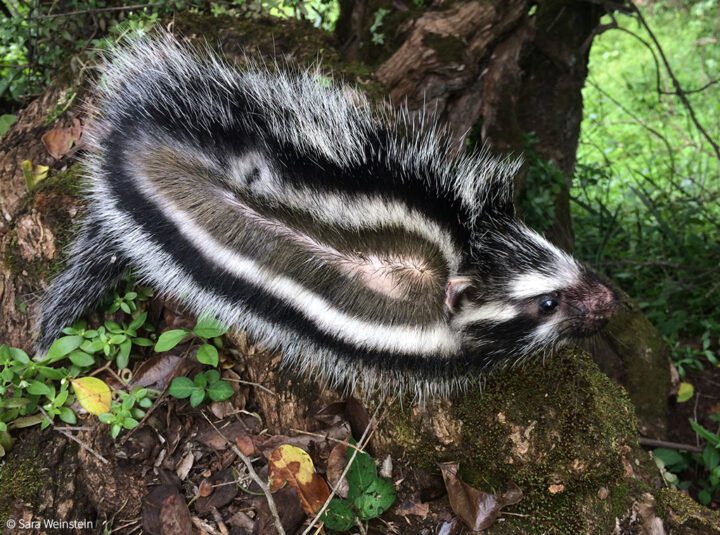Flowers of Calceolaria biflora reward pollinators with oil instead of nectar
Species of Calceolaria are variously known as slipperworts, slipper flowers, pocketbook flowers, and lady’s purses. Calceolaria biflora (pictured above) is native to Chile and Argentina.
Most plants produce pollen or nectar to attract pollinators, such as bees, to land on their flowers. As the bee drinks the nectar, the pollen sticks to its body. The bee then transfers the pollen to another flower, helping to pollinate it and allowing the plant to make seeds that will grow into new plants. However, instead of offering nectar, most species of Calceolaria offer flower oil as a reward for pollination. It is thought that this oil is important creating water-resistant cell lining for larvae and food for larvae that’s necessary to help them grow.
Adapted from the UBC Botanical Garden “Botany Photo of the Day“








